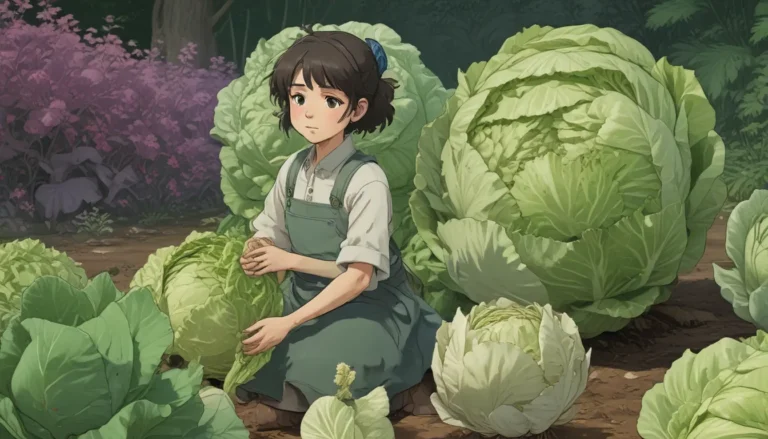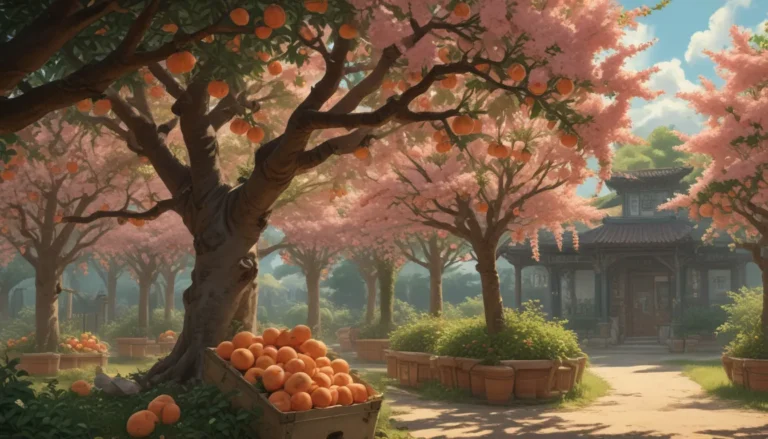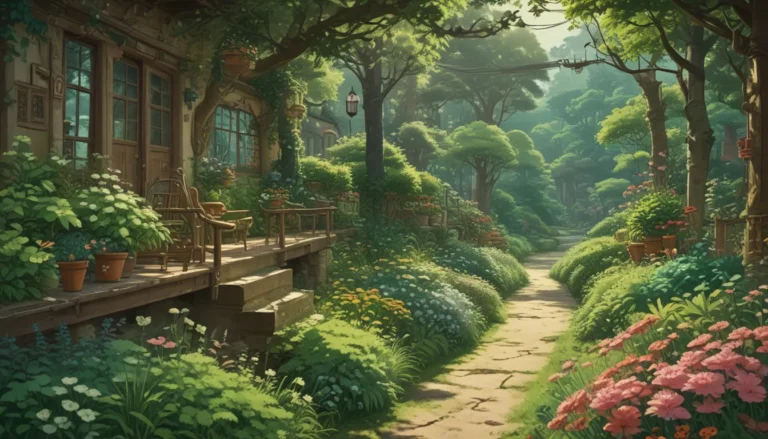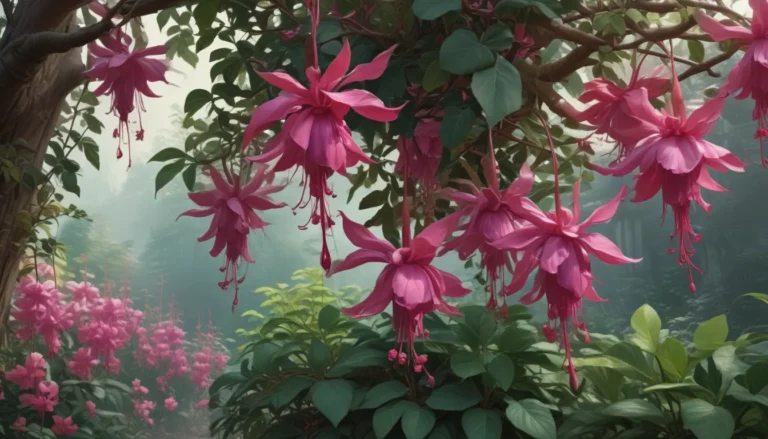Enhancing Your Garden with Vibrant Woody Shrubs for Fall Colors
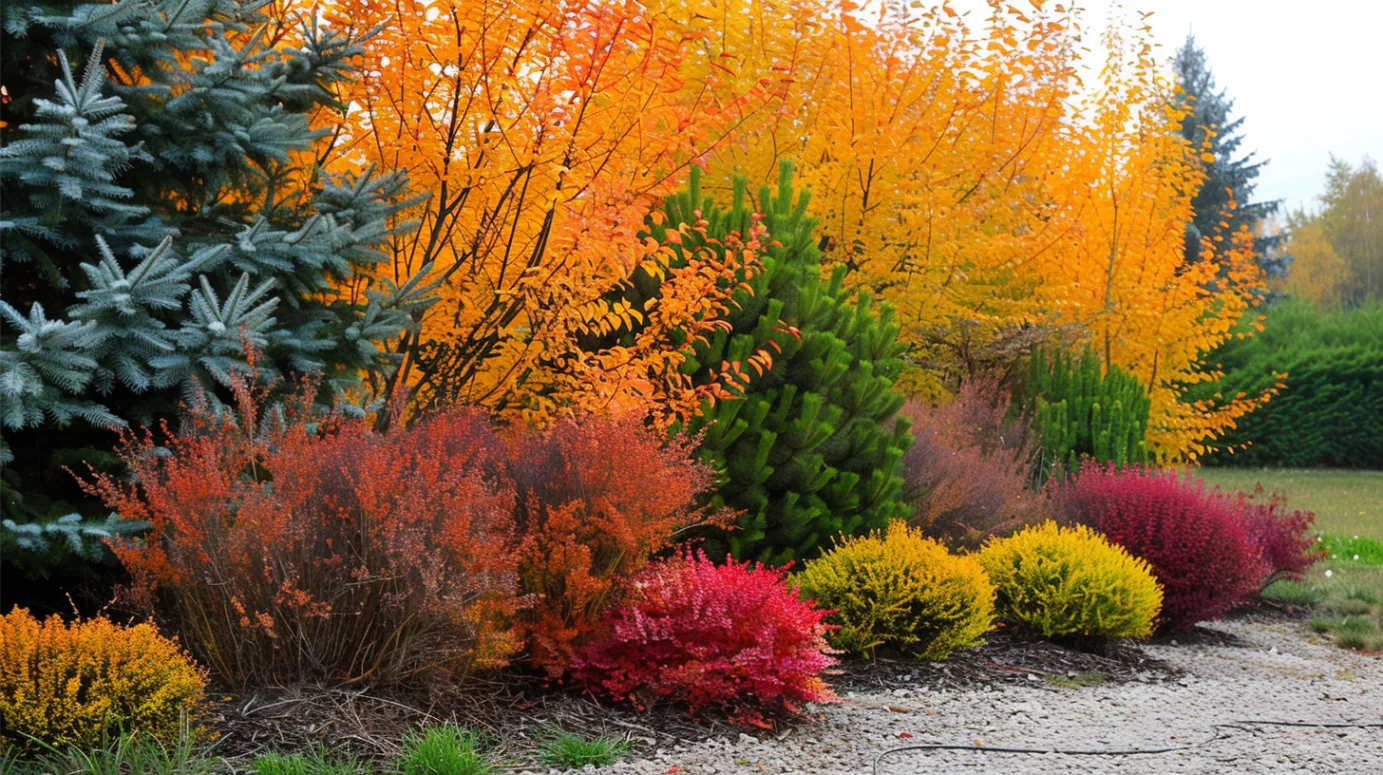
As the summer blooms fade and the air turns crisp, it’s time to think about how to keep your garden vibrant and inviting during the autumn months. One of the best ways to achieve this is by incorporating woody shrubs that boast stunning fall colors. These hardy plants not only provide structure and texture to your landscape but also offer a spectacular display of foliage that will make your garden the talk of the neighborhood. In this guide, we’ll explore some of the most beautiful woody shrubs that will enhance your garden with their brilliant fall hues.
Why Choose Woody Shrubs for Fall Color?
Woody shrubs are an excellent choice for adding fall color to your garden for several reasons:
- Durability: Unlike herbaceous perennials that die back to the ground each winter, woody shrubs maintain their structure year-round, providing interest even when not in bloom.
- Low maintenance: Once established, most woody shrubs require minimal care, making them a hassle-free addition to your garden.
- Versatility: Woody shrubs come in a wide range of sizes, shapes, and colors, allowing you to find the perfect fit for your garden’s style and layout.
- Wildlife value: Many woody shrubs produce berries or seeds that attract birds and other wildlife, adding an extra dimension of interest to your fall garden.
Now, let’s dive into some of the most stunning woody shrubs that will set your garden ablaze with color this autumn.
1. Burning Bush (Euonymus alatus)
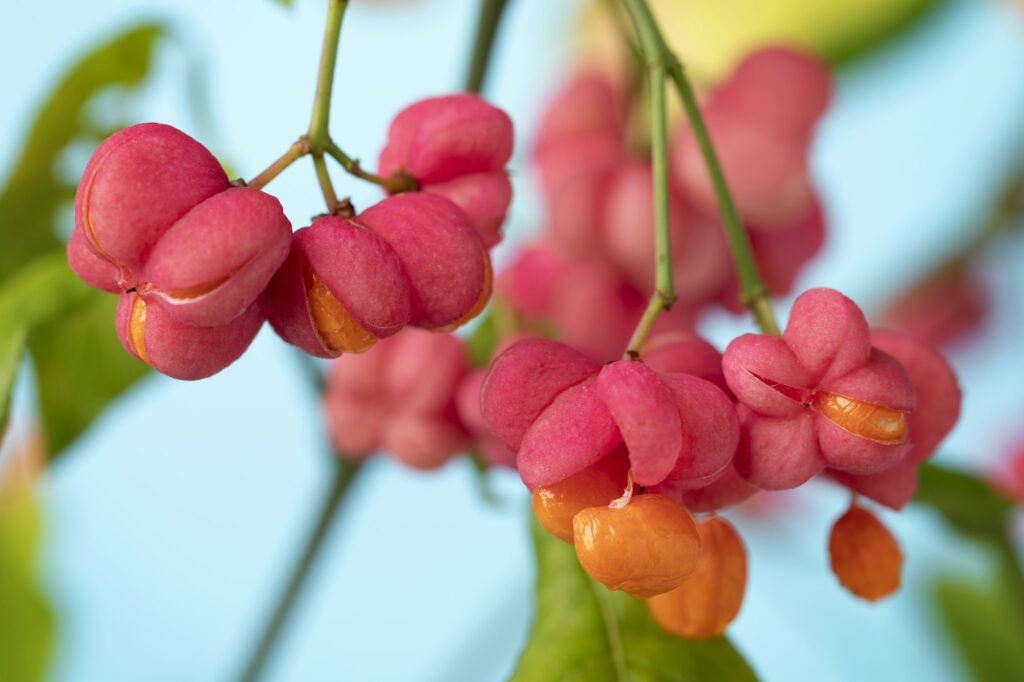
The Burning Bush is a classic choice for fall color, and for good reason. This deciduous shrub is named for its fiery red foliage that appears in autumn, creating a striking contrast against the cooler tones of the season. Here are some key features of the Burning Bush:
- Size: Burning Bush typically grows 6-10 feet tall and wide, making it a substantial addition to your landscape.
- Growth habit: This shrub has a dense, rounded form that can be pruned to maintain a more compact shape if desired.
- Soil requirements: Burning Bush is adaptable to a range of soil types but prefers well-drained soil and full sun to partial shade.
- Companion plants: Pair Burning Bush with ornamental grasses, asters, or sedums for a stunning fall display.
2. Oakleaf Hydrangea (Hydrangea quercifolia)
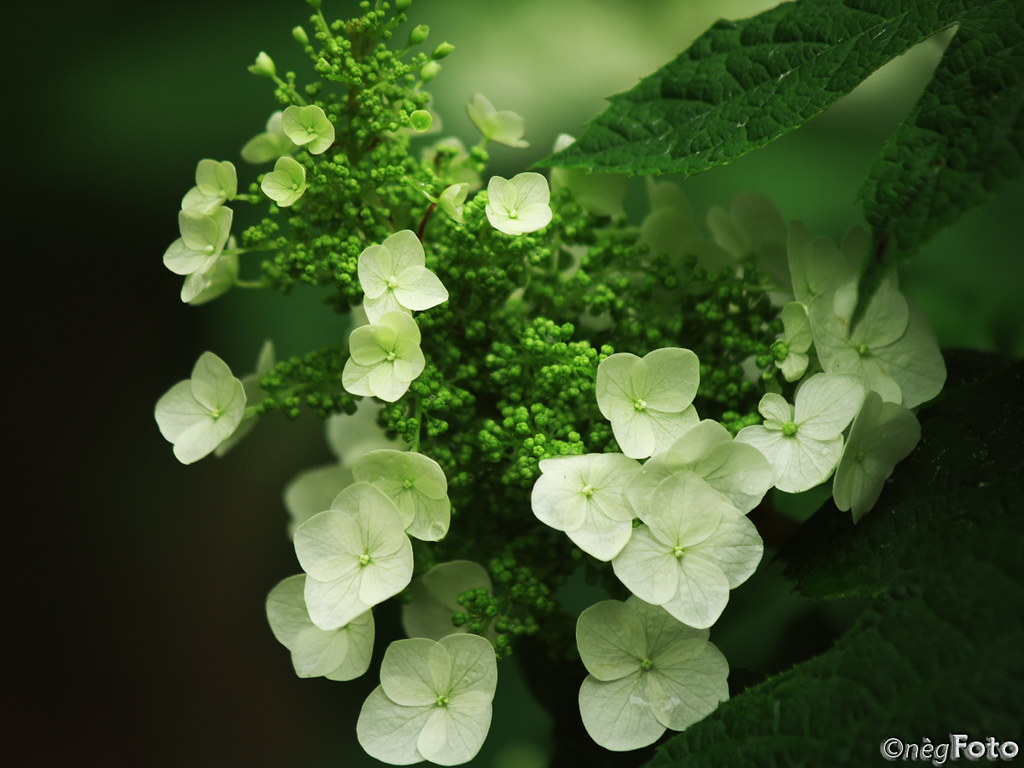
While often celebrated for its large, showy summer blooms, the Oakleaf Hydrangea also boasts spectacular fall foliage. As the leaves turn from green to deep red and purple, this shrub becomes a true statement piece in the autumn garden. Consider these characteristics:
- Size: Oakleaf Hydrangea can grow up to 8 feet tall and wide, depending on the variety.
- Growth habit: This shrub has a bold, upright form that can be trained into a small tree or left to grow naturally as a multi-stemmed shrub.
- Soil requirements: Oakleaf Hydrangea prefers moist, well-drained soil and partial shade, making it an excellent choice for woodland gardens or shaded borders.
- Companion plants: Pair Oakleaf Hydrangea with ferns, hostas, or other shade-loving perennials for a lush, layered look.
3. Virginia Sweetspire (Itea virginica)
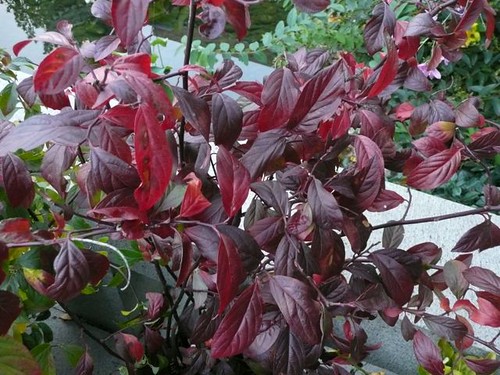
Virginia Sweetspire is a native shrub that offers multi-season interest, with fragrant white flowers in early summer and brilliant red to purple fall foliage. This adaptable plant is an excellent choice for gardeners looking to support local ecosystems while enjoying stunning autumn color. Here’s what you need to know:
- Size: Virginia Sweetspire typically grows 3-5 feet tall and wide, making it a versatile choice for borders, foundations, or mass plantings.
- Growth habit: This shrub has an arching, fountain-like form that adds movement and texture to the landscape.
- Soil requirements: Virginia Sweetspire is adaptable to a range of soil types and moisture levels, making it a low-maintenance choice for many gardens.
- Companion plants: Pair Virginia Sweetspire with other native plants like coneflowers, black-eyed Susans, or switchgrass for a harmonious, eco-friendly display.
4. Fothergilla (Fothergilla spp.)
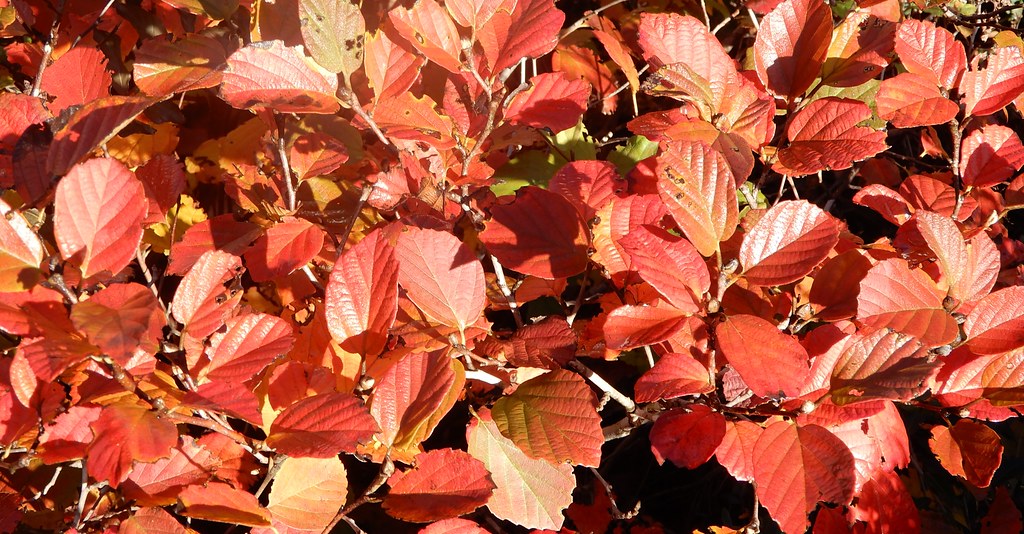
Fothergilla is a lesser-known shrub that deserves more attention for its outstanding fall color. In autumn, the leaves turn a stunning mix of yellow, orange, and red, creating a fiery display that rivals the more well-known burning bush. Consider these attributes:
- Size: Fothergilla comes in both dwarf (2-3 feet) and large (6-10 feet) varieties, making it adaptable to various garden sizes and layouts.
- Growth habit: This shrub has a dense, rounded form that works well as a specimen plant or in groupings.
- Soil requirements: Fothergilla prefers moist, acidic soil and partial shade, making it a good choice for woodland gardens or shaded borders.
- Companion plants: Pair Fothergilla with other acid-loving plants like azaleas, rhododendrons, or blueberries for a cohesive, autumnal display.
5. Viburnum (Viburnum spp.)
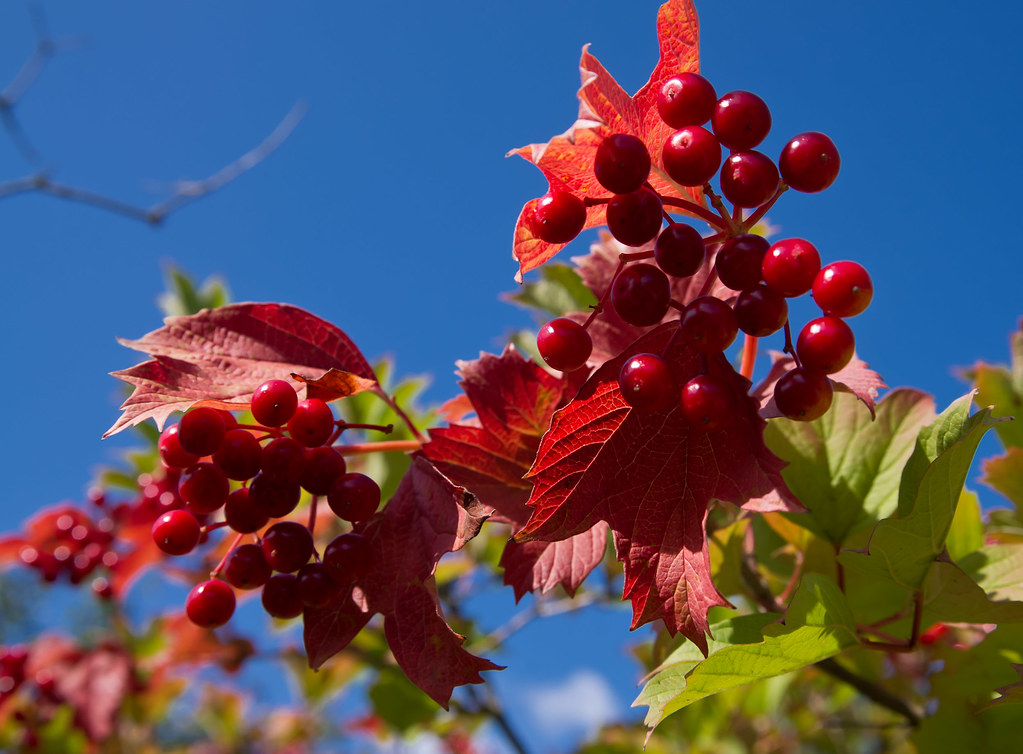
Viburnums are a diverse group of shrubs that offer a range of benefits, including stunning fall foliage. Many species boast leaves that turn shades of red, orange, or purple in autumn, adding a pop of color to the landscape. Here are some key features of Viburnums:
- Size: Viburnum species range from compact, 3-foot shrubs to large, 15-foot specimens, providing options for any garden size.
- Growth habit: Viburnums have a variety of growth habits, from upright and vase-shaped to rounded and spreading, allowing you to choose the perfect form for your landscape.
- Soil requirements: Most Viburnums are adaptable to a range of soil types and moisture levels, making them a versatile choice for many gardens.
- Companion plants: Pair Viburnums with other fall-blooming perennials like asters, chrysanthemums, or ornamental grasses for a dynamic autumn display.
Tips for Incorporating Woody Shrubs into Your Fall Garden
Now that you’ve learned about some of the best woody shrubs for fall color, here are some tips for incorporating them into your landscape:
- Consider the mature size: Before planting, make sure you have enough space to accommodate the shrub’s mature size, both in terms of height and width.
- Group for impact: Planting shrubs in groups of three or more creates a more substantial visual impact than single specimens scattered throughout the garden.
- Layer with perennials: Pair your woody shrubs with fall-blooming perennials to create a dynamic, multi-dimensional display.
- Prune strategically: If needed, prune your shrubs in late winter or early spring to maintain their shape and size without sacrificing fall color.
- Provide proper care: While most of these shrubs are low-maintenance, be sure to provide them with the appropriate soil, moisture, and sunlight conditions to ensure optimal growth and fall color.
Conclusion
Incorporating woody shrubs with vibrant fall foliage is an excellent way to extend the beauty and interest of your garden well into the autumn months. By choosing a mix of shrubs with varying sizes, shapes, and colors, you can create a dynamic, multi-layered display that will be the envy of the neighborhood. Whether you opt for the classic burning bush, the native Virginia sweetspire, or the lesser-known fothergilla, these woody wonders are sure to elevate your fall garden to new heights. So embrace the changing seasons and plant some of these stunning shrubs to enjoy a spectacular autumn display year after year.
